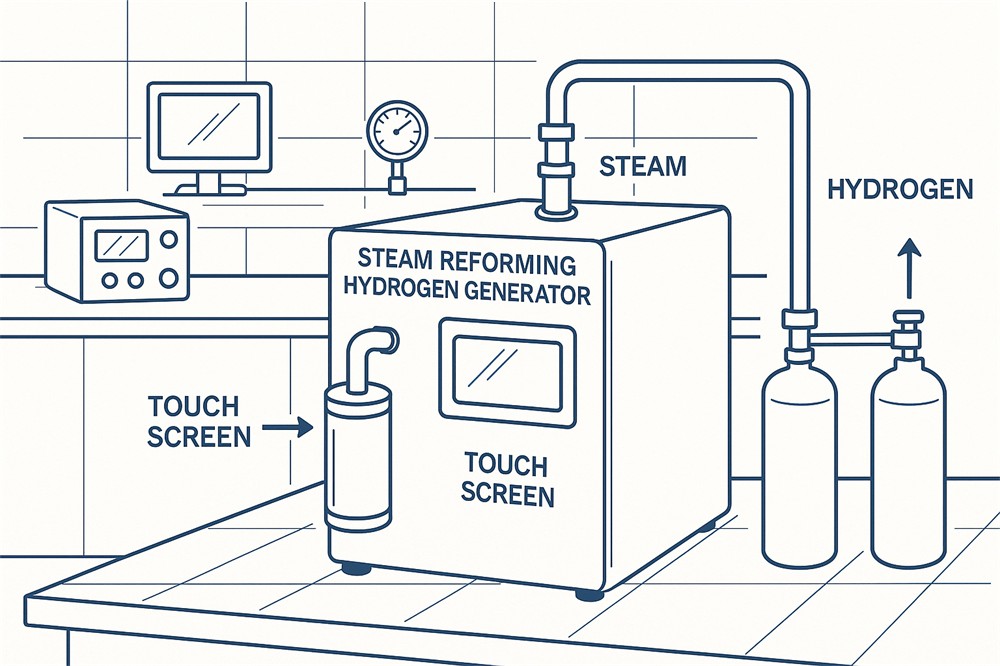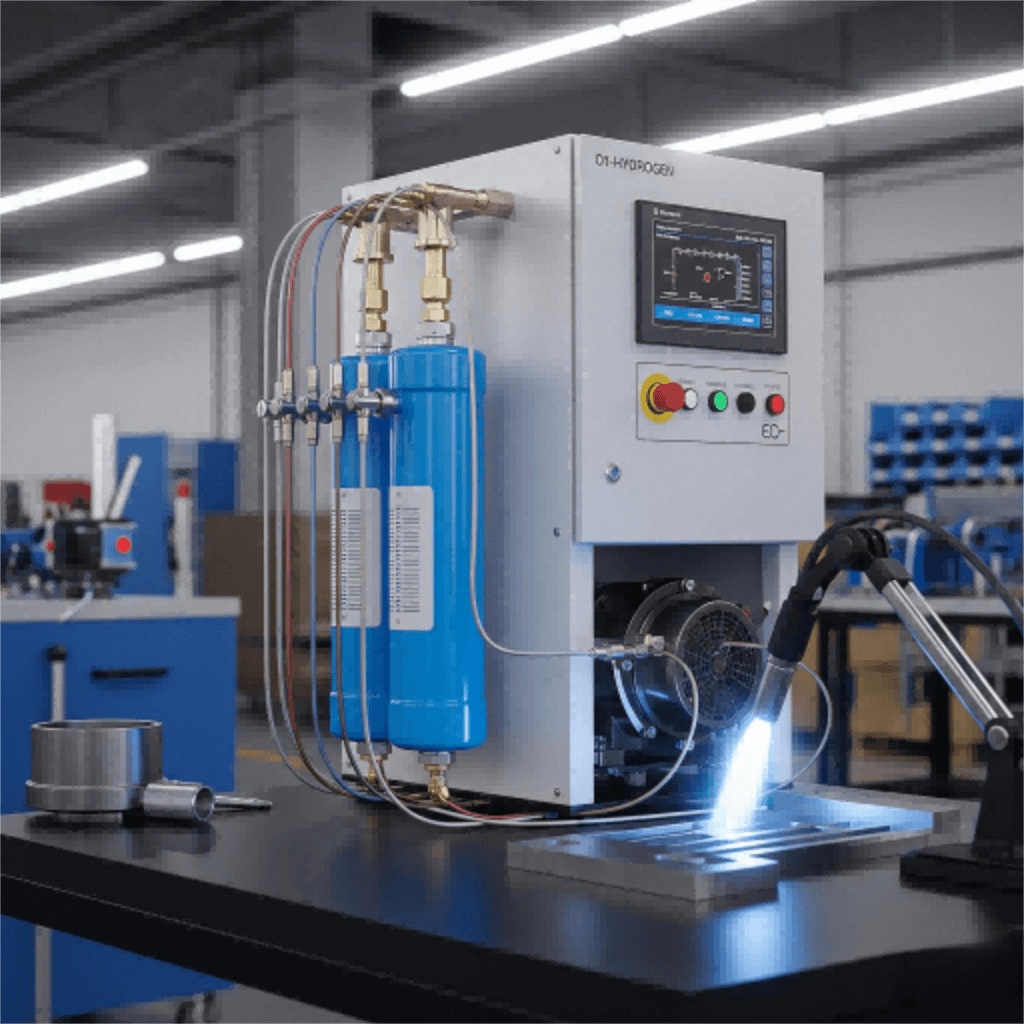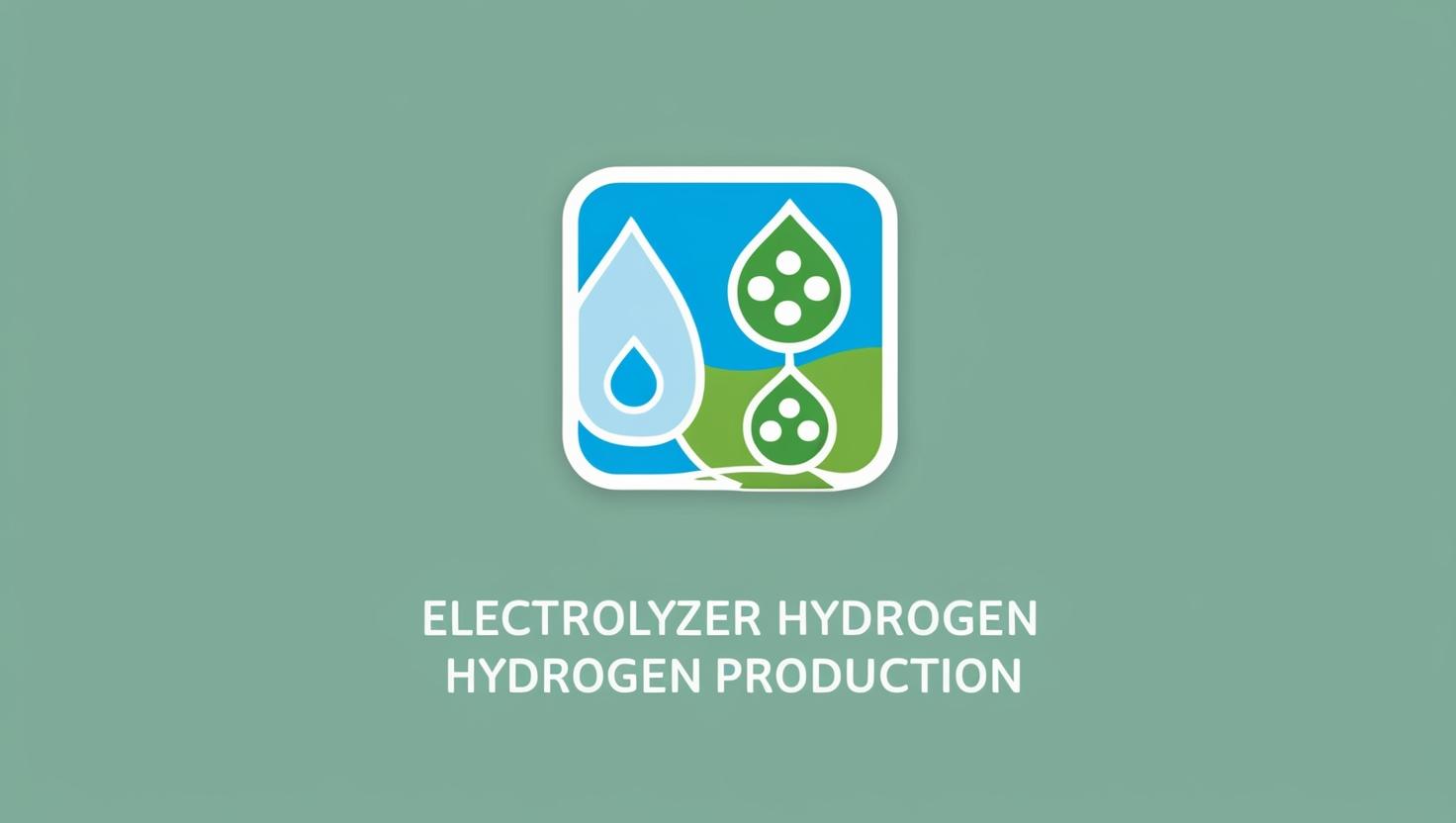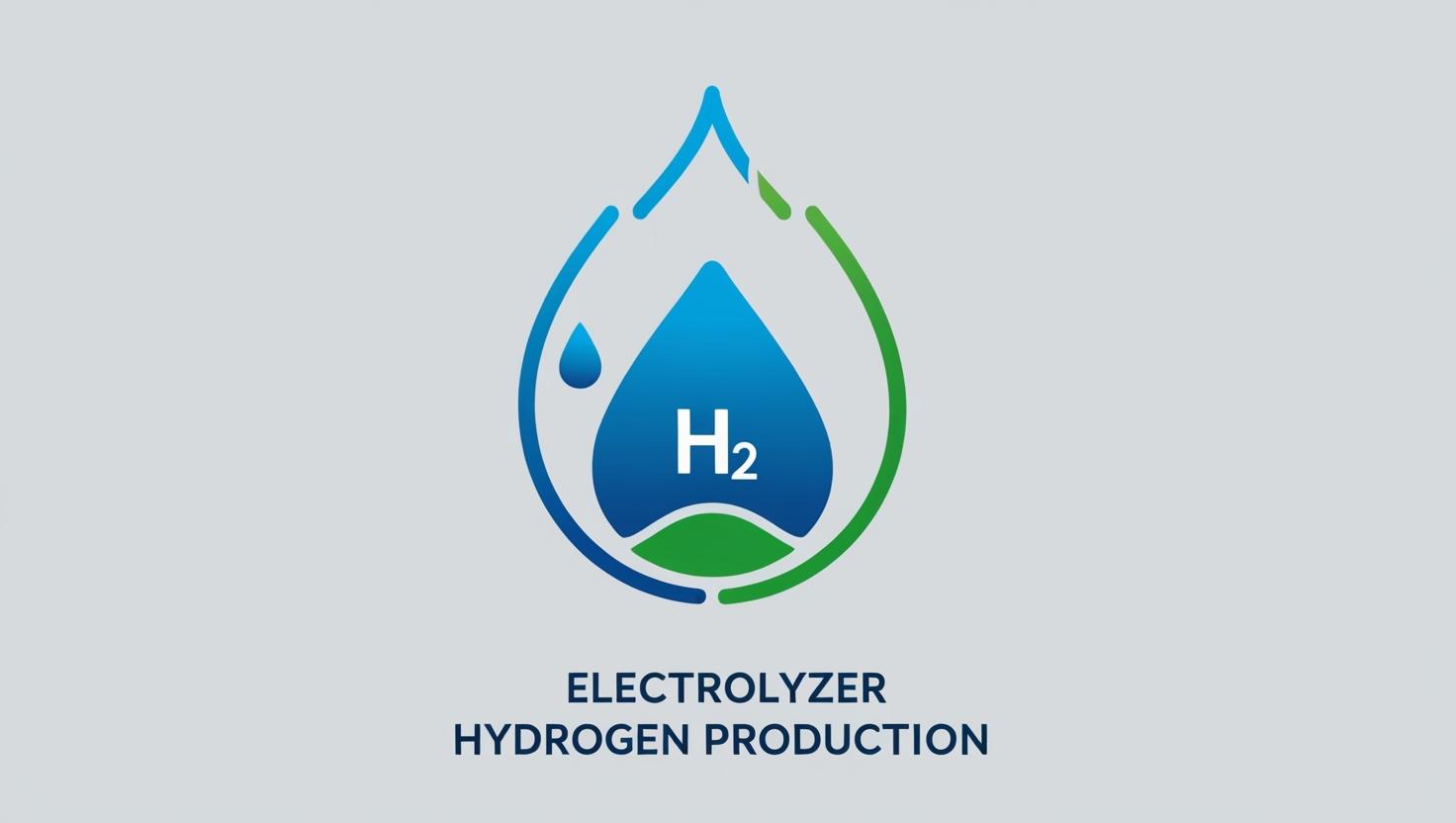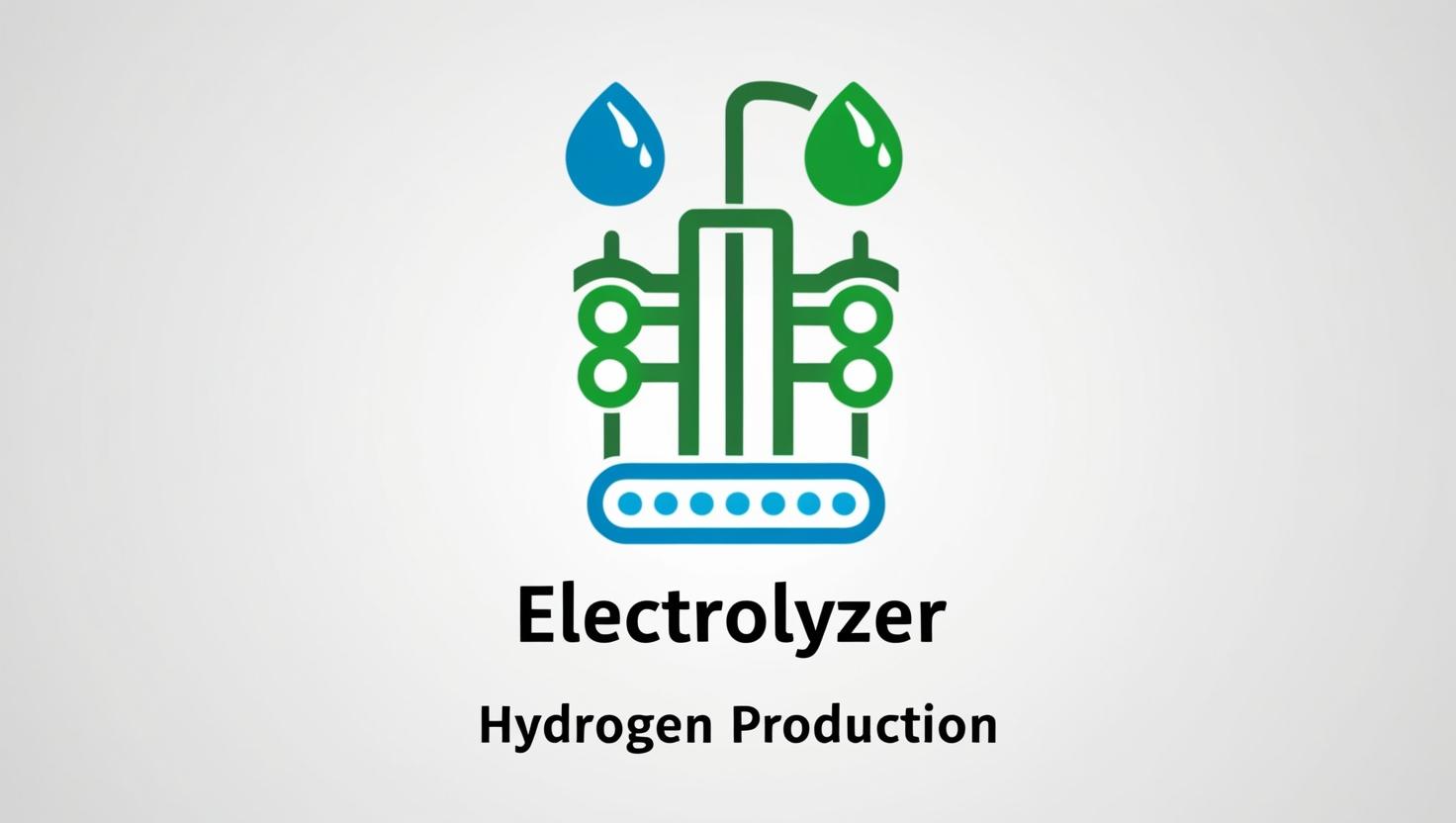Hydrogen at Home: Unleash Clean Energy with Cost-Effective SPE Generators
Article Excert: Discover how Solid Polymer Electrolyte (SPE) technology is revolutionizing home-use hydrogen generators. Learn about installation, cost savings, and safety in this comprehensive guide.
Introduction
As homeowners seek greener alternatives, interest in home hydrogen generation is skyrocketing. The urgency to cut carbon emissions and gain energy independence has led many to explore renewable energy solutions beyond the familiar realm of solar panels and wind turbines.
Among these emerging technologies, home-use hydrogen generators have gained attention for their ability to produce clean energy on-site. These systems break down water into hydrogen and oxygen, storing the hydrogen as a fuel that can power homes, vehicles, and appliances. Yet, widespread adoption has been slow due to concerns over cost, complexity, and safety.
That’s where Solid Polymer Electrolyte (SPE) technology comes into play. Known for its compact design, high efficiency, and lower operational risk, SPE is transforming hydrogen generation into a practical and cost-effective option for homeowners.
This article explores how SPE hydrogen generators work, how they can be installed at home, the associated costs and savings, and the safety features that make them a smart choice for modern households.
Understanding SPE Technology
How the SPE Process Works
At the heart of SPE technology lies water electrolysis—a chemical process where electricity is used to split water (H₂O) into hydrogen (H₂) and oxygen (O₂). What sets SPE systems apart is the solid polymer membrane, often made of Nafion, which serves as both an electrolyte and a separator.
Here’s a simplified explanation:
- Water is fed into the electrolyzer cell.
- A direct current (DC) is applied.
- The anode side of the membrane releases oxygen and protons.
- Protons migrate through the solid membrane to the cathode, where they combine with electrons to form hydrogen gas.
This design eliminates the need for liquid electrolytes (used in older alkaline systems), reducing both risk and maintenance.
Benefits of SPE Electrolysis
SPE offers several advantages:
- High purity hydrogen: The solid membrane ensures that only pure hydrogen is produced, free from contaminants.
- Compact and modular: These systems are smaller and lighter than older models.
- Energy-efficient: SPE systems consume less power per kilogram of hydrogen produced.
- Low maintenance: With no corrosive liquids, there’s less wear and tear on components.
A study by the U.S. Department of Energy confirms that PEM (polymer electrolyte membrane) electrolyzers achieve higher current densities and faster response times than alkaline systems—making them ideal for residential use.
Installation and Operation in a Home Setting
Step-by-Step Installation Guide
Installing an SPE hydrogen generator is more straightforward than many expect:
- Choose a location: Ideally, near your power source and water line—like a garage or utility room.
- Connect power and water: The unit requires electricity (standard or solar) and a water source.
- Ensure ventilation: Proper airflow prevents accumulation of any leaked hydrogen.
- Set up storage: Hydrogen tanks should be placed in secure, ventilated areas.
Compared to solar panels, SPE generators have fewer structural requirements and often take up less space.
Running and Maintaining the System
Operating your hydrogen generator is usually as simple as pressing a button:
- Turn on the system: Start producing hydrogen.
- Monitor output: Use smart dashboards or apps to track production and usage.
- Schedule maintenance: Filters and membranes may need replacement every few years.
Most residential models produce 0.5 to 2 kilograms of hydrogen per day—enough for backup power or fueling a hydrogen car.
Cost Analysis and Long-Term Savings
Initial Cost Breakdown
The upfront cost of a home-use SPE hydrogen generator ranges from $7,000 to $20,000, depending on capacity, automation, and integration with renewable sources. While this is more than a typical solar setup, the versatility of hydrogen (power, heat, fuel) offsets the difference.
| System Size | Estimated Cost |
|---|---|
| Small (0.5kg/day) | $7,000 – $10,000 |
| Medium (1kg/day) | $10,000 – $15,000 |
| Large (2kg/day) | $15,000 – $20,000+ |
Daily & Annual Operating Costs
Electricity consumption is the main expense. A 1 kg/day unit consumes ~50 kWh/day. If powered by solar, operational costs drop significantly. Maintenance averages $200–$400 per year.
Return on Investment Scenarios
If you use hydrogen for:
- Home energy backup
- Fueling a hydrogen car
- Heating water or space
You could save $1,500 to $3,000 annually in energy costs. Combined with government rebates, the payback period could shrink to 5-8 years.
Safety Considerations and Best Practices
Understanding Hydrogen Risks
Hydrogen is flammable but not inherently dangerous. It’s 14 times lighter than air and disperses quickly. Myths about explosive risk are often based on outdated perceptions.
Safety Features of Modern SPE Units
Today’s SPE generators come equipped with:
- Leak detection systems
- Automatic shut-off valves
- Hydrogen sensors with real-time alerts
Additionally, the use of solid membranes reduces the risk of spills or corrosive leaks.
Safety Checklist and Recommendations
- Always install in a well-ventilated space.
- Use certified technicians for setup.
- Perform annual inspections.
- Follow local building and fire codes.
Hydrogen safety is very manageable with proper practices and modern equipment.
Frequently Asked Questions (FAQs)
1. Is a home hydrogen generator safe for daily use?
Yes, modern systems with built-in sensors and shut-off mechanisms are safe when properly installed.
2. How much hydrogen does a residential unit produce per day?
Typical units generate 0.5–2 kg of hydrogen daily, enough for household energy needs or car refueling.
3. Can I power the generator with solar panels?
Absolutely! Pairing with solar enhances sustainability and reduces operating costs.
4. What happens if there’s a leak?
Sensors detect leaks instantly and trigger auto shut-off. Hydrogen disperses quickly, minimizing danger.
5. Are there government incentives for buying one?
Yes, many regions offer rebates or tax credits for clean energy systems like hydrogen generators.
6. What’s the lifespan of an SPE generator?
With proper care, systems can last 10–15 years or more.
Conclusion
The rise of Solid Polymer Electrolyte (SPE) technology is making home-use hydrogen generators a practical, safe, and cost-effective choice for energy-conscious homeowners. With cleaner operation, lower risks, and the potential for long-term savings, SPE systems are poised to play a major role in the decentralized energy future.
As innovation continues and hydrogen infrastructure expands, the time has never been better to explore this clean energy source. Ready to take the first step toward energy independence? Consider an SPE hydrogen generator and unlock the power of hydrogen at home.

